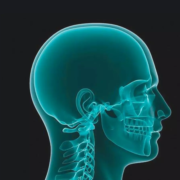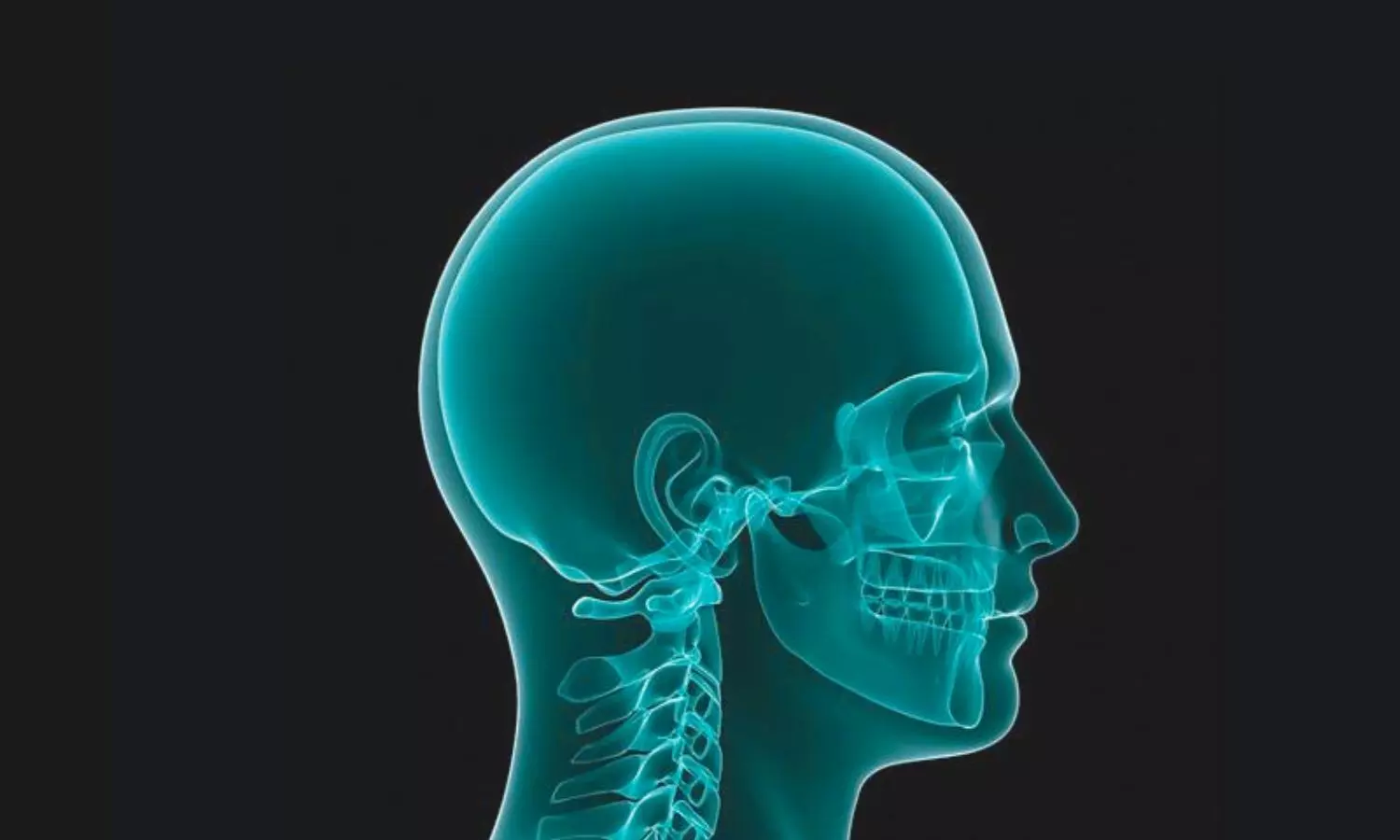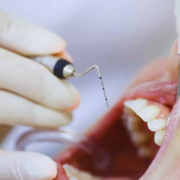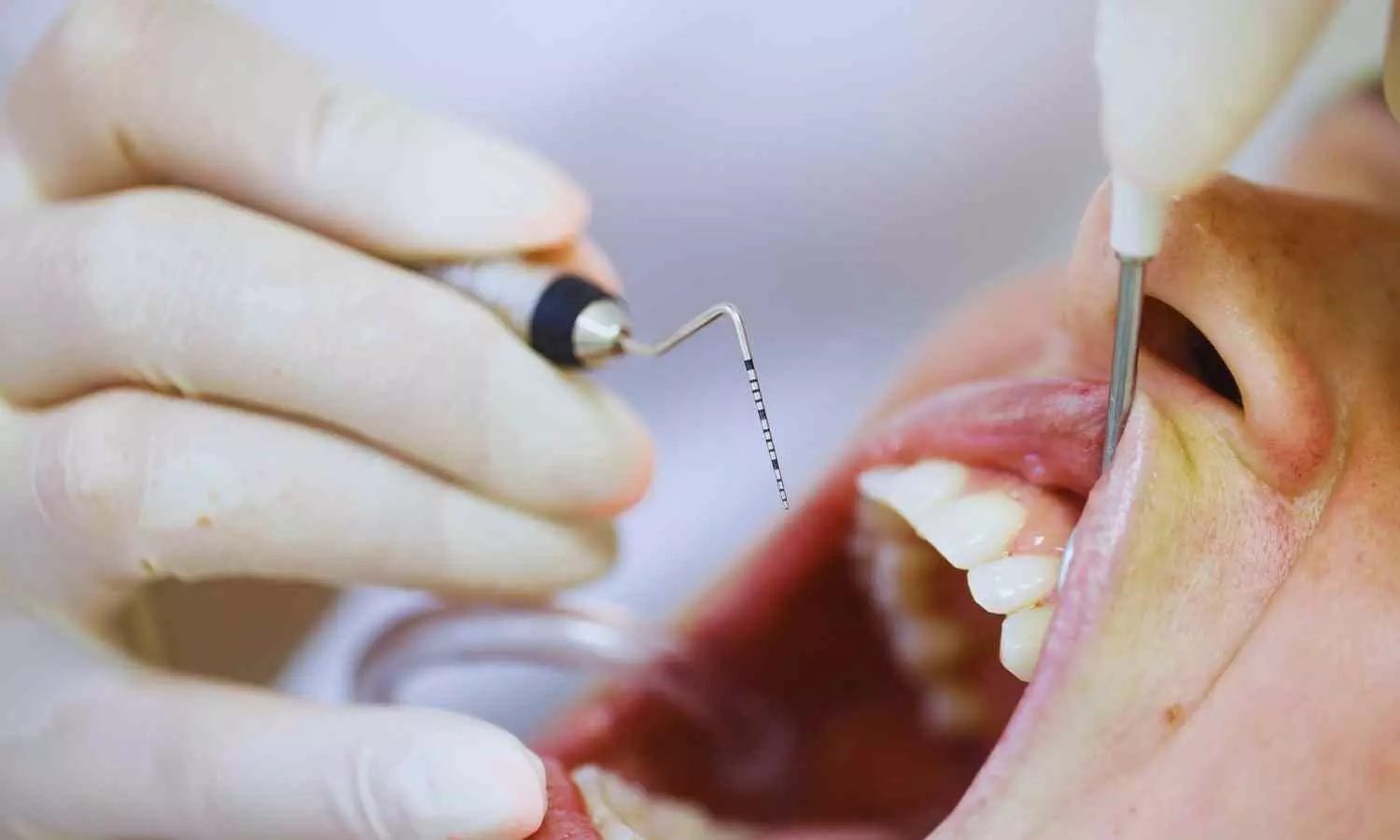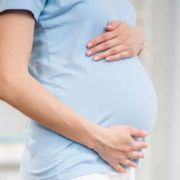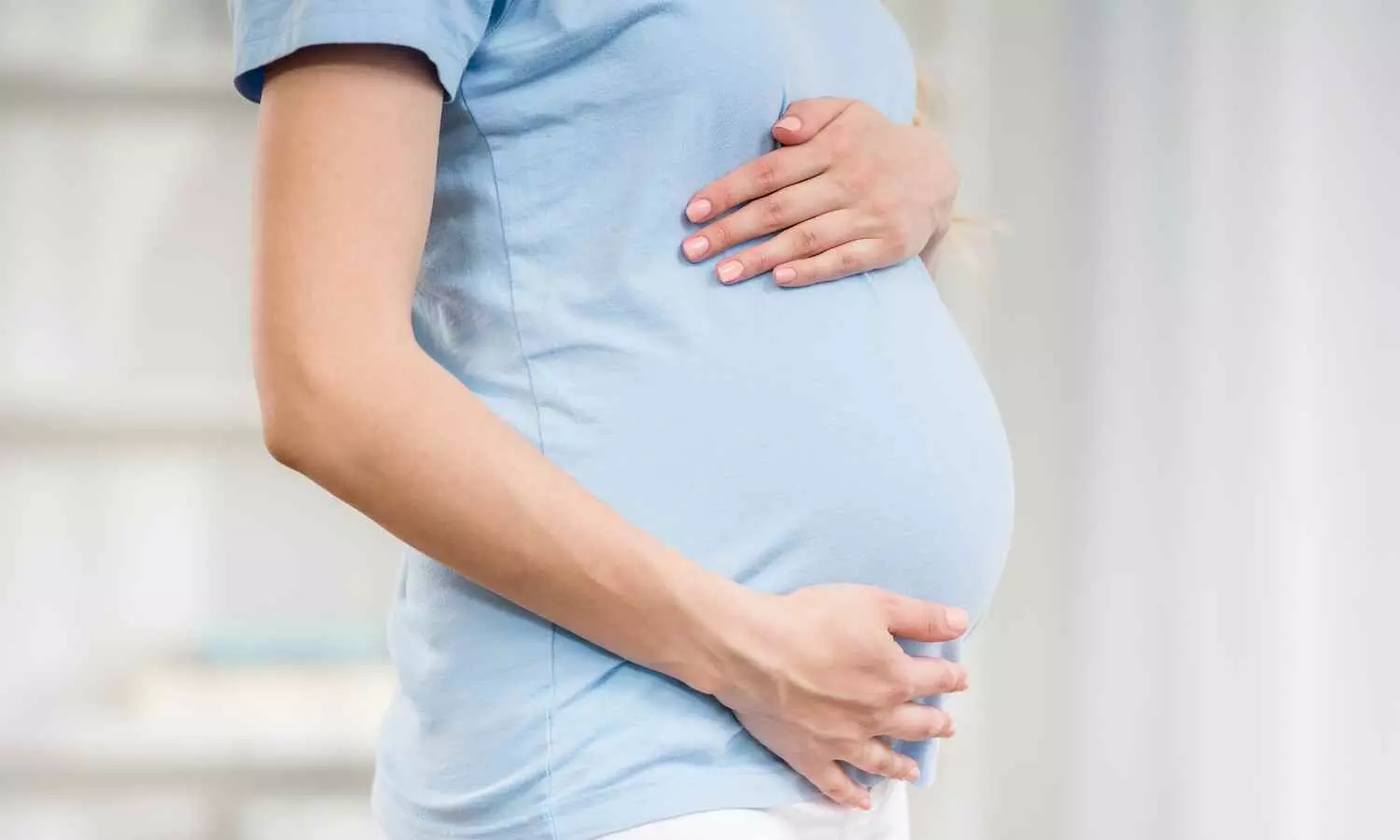A Mediterranean-style diet, rich in fibre, vegetable proteins and healthy fats, benefits maternal health during pregnancy and breastfeeding. In addition to improving intestinal function and mucosal immunity, it also prevents fat accumulation and optimizes the composition of the microbiota in the digestive system. In babies, this maternal dietary pattern helps to reduce the incidence and severity of infections.
These conclusions come from two studies published in the journal eBioMedicine, carried out with the support of La Marató de TV3 (2017). The research was jointly led by Francisco José Pérez-Cano, professor at the Faculty of Pharmacy and Food Sciences of the University of Barcelona and director of the Nutrition and Food Safety Research Institute (INSA-UB), based at the UB’s Torribera Food Campus, and the expert M. Carmen Collado, from the Institute of Agrochemistry and Food Technology (IATA-CSIC).
Led by researcher Karla Rio Aige (INSA-UB) as first author, the studies, coordinated globally by the UB, used data from the MAMI (Maternal Microbiome) cohort to identify relevant observations. Researchers also developed a preclinical model with animal models using the diets detected in the cohort with the aim of understanding the mechanisms of action involved.
Nutrition and mother-child health: many open questions
A balanced diet and a healthy lifestyle and habits are important for good health in pregnancy. Therefore, establishing optimal nutritional habits during pregnancy, lactation and early life is crucial for the health and well-being of mother and baby. However, the associated mechanisms linking maternal diet to maternal and infant health outcomes are still poorly understood.
María José Rodríguez Lagunas, a member of the project’s research team and of the UB’s Department of Biochemistry and Physiology, notes that understanding how maternal diet influences mother and infant physiology “is crucial, as its effects extend to short- and long-term outcomes for both mother and child.” However, she adds that “there is a notable lack of research on the underlying mechanisms, particularly those that could improve the physiological recovery of the mother after childbirth”.
The first study, at the preclinical level, compared the effects of two different diets during gestation and lactation on microbiota composition, immunity and lipid metabolism: the Mediterranean-like D1 diet, rich in fibre and vegetable protein, and a Western D2 diet, richer in animal protein and fats. During the nutritional intervention, various biological samples were analysed to see the effects of each diet on the epithelial barrier, lipid metabolism, microbiota composition, metabolites and immunity.
“The results reveal that a diet similar to the Mediterranean diet and enriched with fish oil, soya protein and inulin has beneficial effects on lipid metabolism, the composition of the microbiota and the immune response during pregnancy and breastfeeding, and improves maternal health,” says Professor Francisco J. Pérez-Cano.
“Furthermore, if this diet is maintained during breastfeeding, it seems to more effectively reverse the physiological changes that occur during pregnancy, supporting immune function and limiting fat accumulation,” adds the expert.
Improving child health through maternal diet
The second study shows that a maternal diet rich in plant protein, fibre and polyunsaturated fatty acids reduces the severity and frequency of infections in infants through the modulating effect of gut microbiota on the immune system.
The study, conducted on infants and animal models, analyses the effect of maternal diet on the health of offspring and reinforces the importance of maternal nutrition during pregnancy and lactation to strengthen infant health. The synergy of the INSA-UB and IATA-CSIC teams — institutions recognized with the María de Maeztu and Severo Ochoa seals of excellence, respectively — was key to obtaining the results.
In this context, the influence of the maternal diet emerges as a key factor in the composition of the defensive elements of milk during lactation. As essential elements, immunoglobulin A (IgA) in human milk and the diversity of the microbiota demonstrate their protective role against infections in infants.
These studies provide new insights that may lead to more precise dietary guidelines for pregnant and breastfeeding women. On the one hand, they would help to strengthen the health of mothers and support their physiological recovery, and on the other hand, they would protect infant development in the early stages of life by reducing the risk of infections, thus supporting the wellbeing of babies.
“The study may also help to better understand the relationship between maternal diet, bioactive components of breast milk, infant microbiota and infant immunity. In the future, further research will be necessary to obtain more solid conclusions and better understand the mechanisms involved,” conclude experts M. Carmen Collado and Francisco José Pérez-Cano.
Reference:
Rio-Aige, Karla et al. A diet rich in fibre and vegetable protein during gestation and lactation shapes maternal immunity, intestinal microbiota and lipid metabolism, EBioMedicine, DOI: 10.1016/j.ebiom.2025.105784



